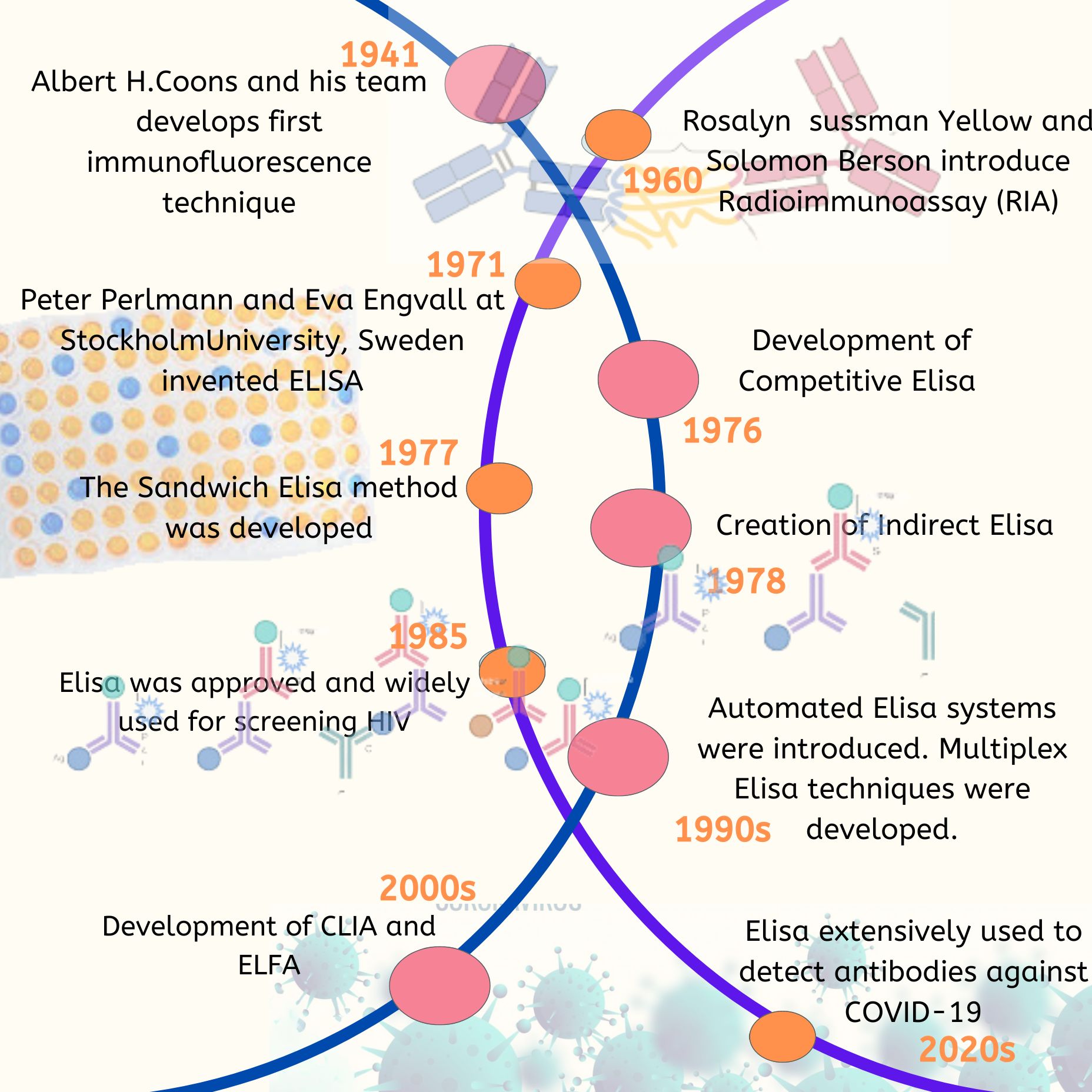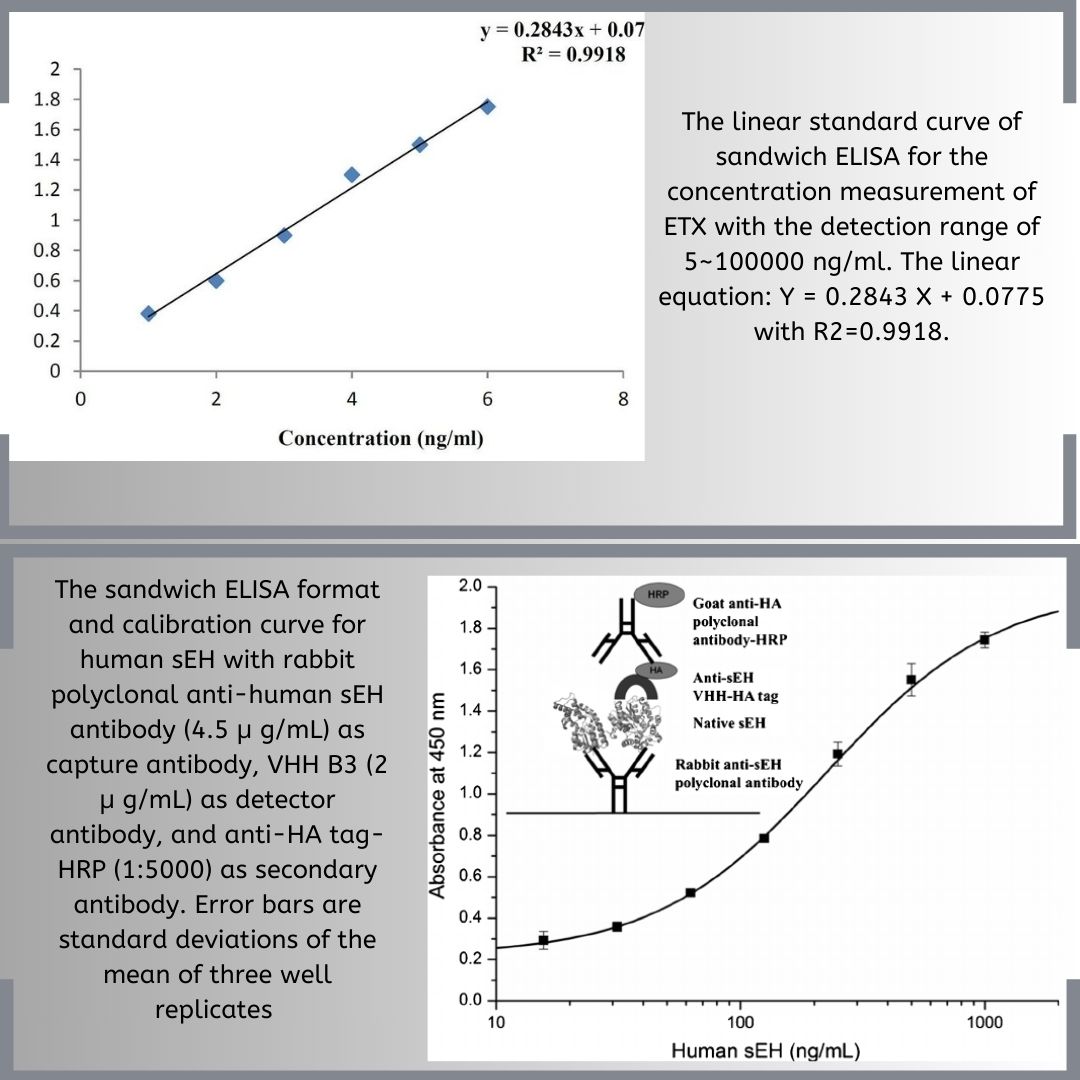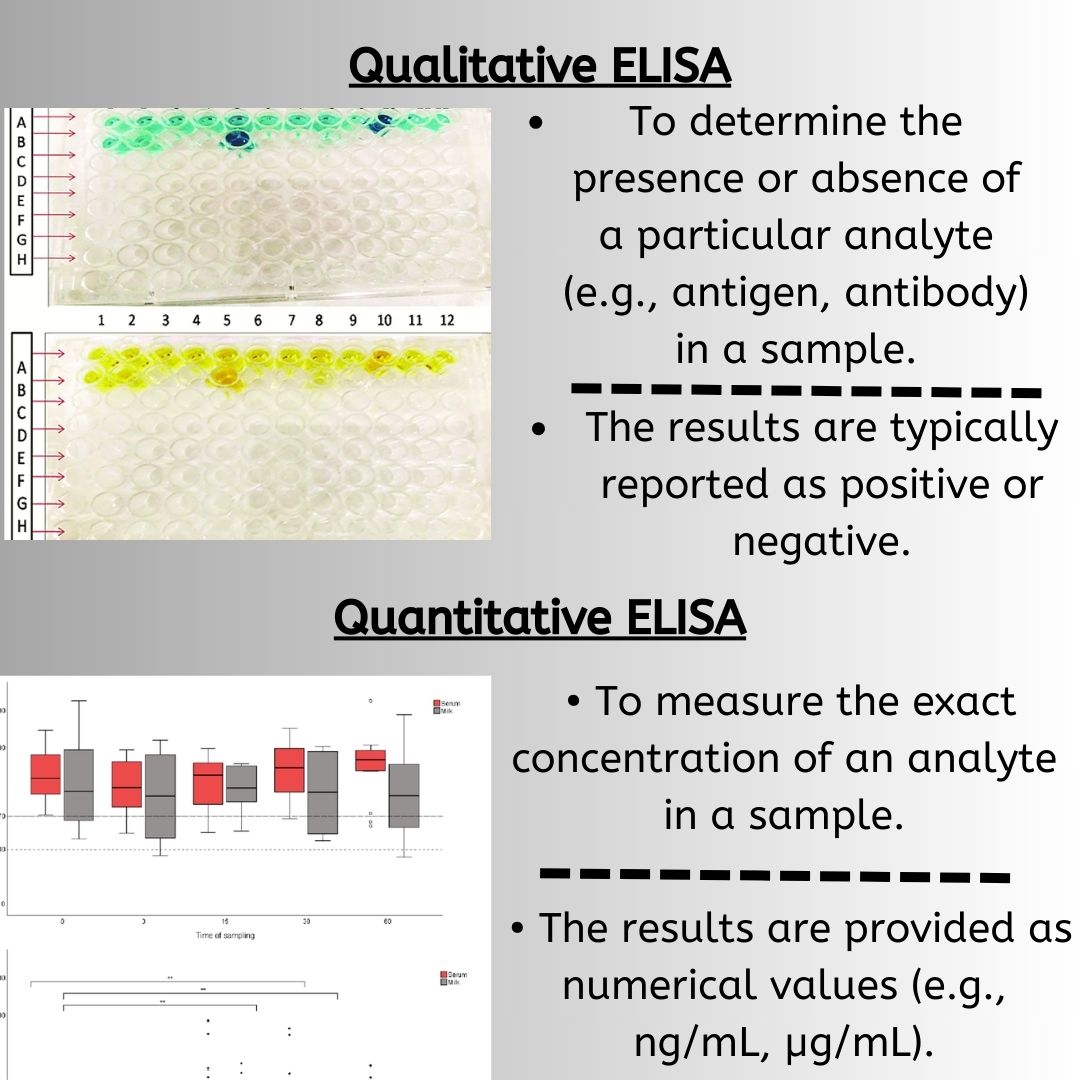This is a genetic condition that can be evident at the birth of the infant or develop later in childhood. This syndrome is characterized by seizures, intellectual disability, delayed development, an intestinal disorder and its associated facial features. These affected individuals typically exhibit happy personality and are friendly. The exact prevalence of this syndrome is not known although around 200 cases have been reported in the medical literature.
Causes
Mowat Wilson’s syndrome develops as the result of a mutation in the gene identified as ZEB2 which produces the protein that is essential for the development of several organs in the womb. This protein attaches to a specific location of the DNA controlling the activity of various genes. The study indicates that this protein is associated with the development of tissues that forms the nervous system, digestive tract, heart and various other organs. In some cases, it develops because of the entire gene deletion and the other cases develop as the result of a genetic mutation causing the production of nonfunctional ZEB2 protein. The deficit of this protein affects the normal development of various organs that presents the associated symptoms of this condition. Mowat-Wilson syndrome is inherited in an autosomal dominant pattern meaning a single copy of the defective gene in each cell can cause this condition.
Symptoms
Most of the affected individuals present severe intellectual disability. The distinctive facial features include a high forehead, broad eyebrows, wide spaced eyes, small nose and the prominent pointed chin. The affected children also exhibit the delayed development progress that is slower than average. This includes delayed or absent speech and the communication in a non-verbal manner. Seizures also occur in most of the cases by 10 years of age which can be difficult to control during childhood. One of the common problems includes a gastrointestinal condition called Hirschsprung disease which is the absence of the nerve cell bodies within a part of the large intestine which impairs the involuntary ability to propel food through the digestive tract. The symptoms associated with Hirschsprung disease include vomiting, loss of appetite, bloating and constipation.
Diagnosis
The diagnosis of this condition is possible during infancy or childhood based on the identification of the features characteristic of this syndrome and with various specialized tests. The condition may become more evident as the affected individual gets older and the features also become more pronounced making the diagnosis easier. Some of the test used to diagnose includes CT scan, MRI of the brain, the kidney and heart ultrasound. The molecular genetic test can be done to identify the mutation responsible for causing this condition.
Treatment
The treatment is based on the symptoms evident in each case. In the case of developmental delays with children, the occupational, physical or speech therapy may be useful. In the case of the Hirschsprung disease, surgery can relieve the bowel obstruction. In addition, other surgical intervention may be required in the case of heart defects and urinary tract abnormalities. The seizures can be resistant to treatment particularly in childhood although it appears to be well managed in adulthood. In some cases, genetic counseling may be beneficial for some of the affected cases and their family members.
References
https://ghr.nlm.nih.gov/condition/mowat-wilson-syndrome
https://rarediseases.info.nih.gov/diseases/9673/mowat-wilson-syndrome
https://rarediseases.org/rare-diseases/mowat-wilson-syndrome/



